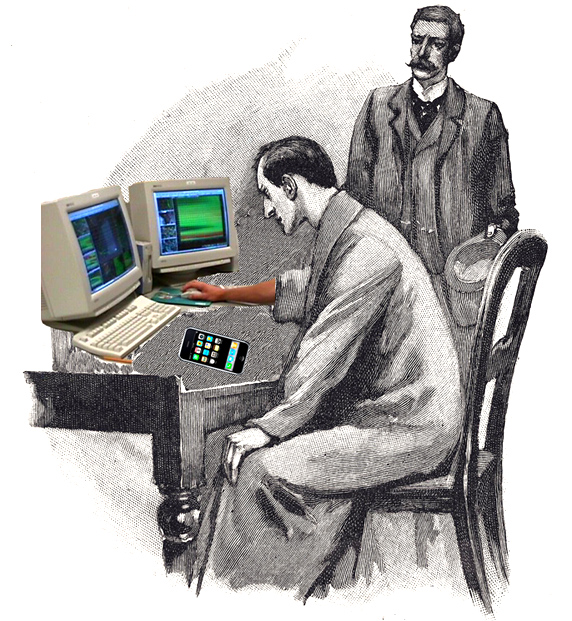Additional on the distinction presented in lecture between dialagic and didactic works of literature by way of better understanding
George Gissing's fictional method.
It is important to understand that the difference between these two types of novel is not a matter of literary
merit. One can no more say that a didactic novel is worse than a dialogic novel (or
vice versa) than say that fantasy fiction is worse than naturalist fiction. They are simply both different modes of art. (Although the
originator of the terms 'dialogic" and "heteroglossic," Mikhail Bakhtin, did tend to write as if dialogism was an objectively superior artistic method, one is free to dissent from the maker--as I do, for instance.)
Examples of both dialogic and didactic modes can be found among the great world literature. Dostoevsky's
Crime & Punishment, Geoffrey Chaucer's
Canterbury Tales, and Lady Murasaki Shikibu's
Tales of Genji are dialogic in form; Dickens'
Hard Times, Emile Zola's
Germinal, and Dante's majestic
Divine Comedy are each intensely didactic. Indeed,
Divine Comedy and Milton's
Paradise Lost are arguably polemical (Dante's polemic, interestingly, is not theological but rather of the grubby partisan politics of his city-state of Florence.) Furthermore, an author can switch between didactic and dialogic modes:
Shakespeare being supreme exemplar.
Regarding preferences between the two modes, didactic fiction tends to draw intense, and binary, reaction. Readers who have prior
agreement with the position that the didactic author is impressing will praise the book's artistic merit; readers with prior
disagreement will calumniate it. And with a didactic novel, moreover, when it is not done artistically well it is easy for it to be disastrous: a heavy-handed, unsubtle, inartistic bludgeoning of the point; mere journalism rather than art.
 The nature of journalism, applied in lecture as a dialectic antinomy to scholarship, is succinctly and memorably expressed in this astonishing clip, from bloggingheads.tv, by none other than Wonkette.
The nature of journalism, applied in lecture as a dialectic antinomy to scholarship, is succinctly and memorably expressed in this astonishing clip, from bloggingheads.tv, by none other than Wonkette.
 A "masterly new biography of Gissing" has just been published--
A "masterly new biography of Gissing" has just been published--

 A responsible & capable university lecturer, charged with providing students a survey-level understanding of nineteenth-century literature, devotes two lectures to prose sections from Charles Darwin, T.H. Huxley and John Henry Newman.
A responsible & capable university lecturer, charged with providing students a survey-level understanding of nineteenth-century literature, devotes two lectures to prose sections from Charles Darwin, T.H. Huxley and John Henry Newman.


